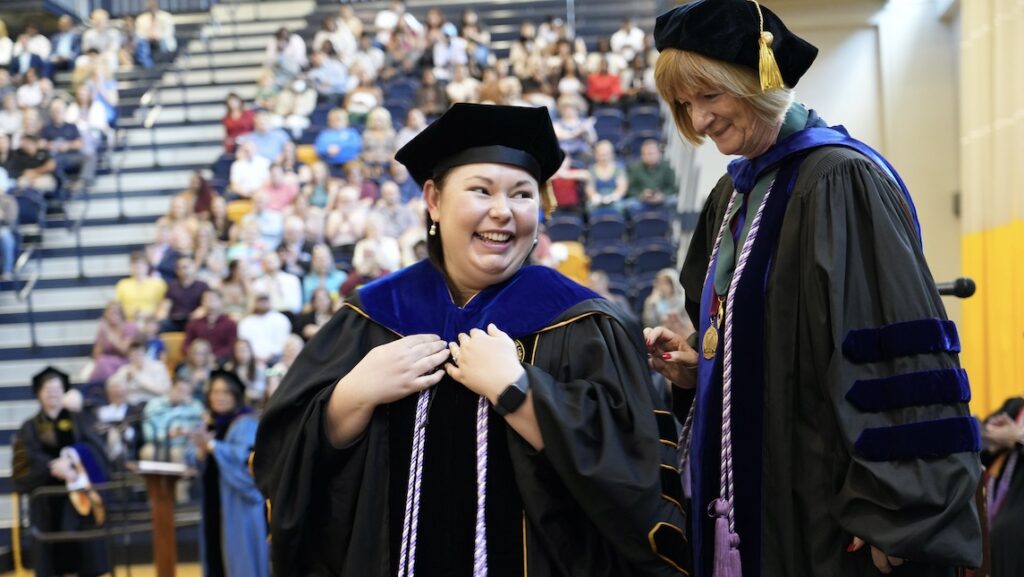
Dr. Stephen Sills (Center for Housing and Community Studies) received new funding from Guilford County for the project “COVID19 Vaccine Health Messaging.” Dr. Jennifer Toller Erausquin, Dr. Erica Payton Foh, Dr. Kenneth Gruber, and Dr. Robert Strack are co-principal investigators on the project.
Coronavirus is a highly infectious disease and respiratory illness caused by the newly discovered severe acute coronavirus type 2 (SARS-CoV-2). The rates of COVID morbidity and mortality are the highest among people of color. According to the Center for Disease Control and Prevention, Non-Hispanic African Americans, Hispanics, and Indigenous people are almost four times more likely to be hospitalized and nearly three times more likely to die of COVID-19 than white people. Communities of color are faced with many barriers that contribute to vaccine hesitancy. These factors include medical mistrust due to systemic racism and unethical medical treatment, misinformation about the vaccine and accessibility (i.e. lack of transportation or care giver care) and availability issues (i.e. proximity to vaccine clinics).
This proposal was developed by the UNCG Department of Health Education and the UNCG Center for Housing and Community Studies in response to a request from Guilford County Department of Health and Human Services. The goal of the proposed project will be to explore COVID-19 vaccination rates and causes for disparities in vaccination by race, ethnicity, national origin, sex and gender, disability status, age, income, geography, and other socio-economic and cultural factors. This assessment process may be used by Guilford County DHHS and related organizations to determine priorities, make improvements, or allocate resources for health messaging and better vaccine coverage especially in vulnerable populations and those with existing health disparities. The study will identify drivers of COVID-19 vaccine hesitancy; identify influential messengers, partners, and community gatekeepers in communities of color; and develop culturally appropriate and community-acceptable approaches to improving vaccination availability, accessibility, and confidence in these communities based on resident input.


